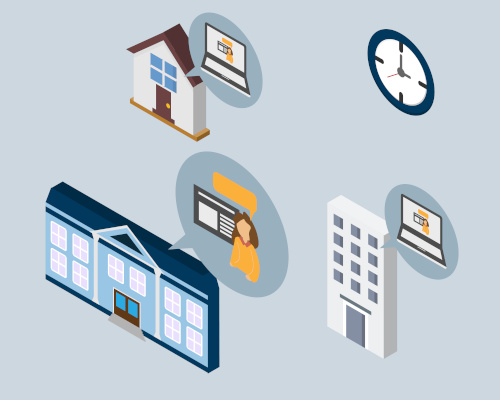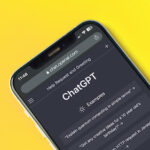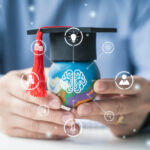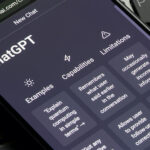Blended and hybrid learning models were first introduced to extend personalized and flexible learning options to selected individuals or groups of students. But with onset of the pandemic, widespread adoption of blended and hybrid models suddenly became a necessity across all student populations.
Two years later, how have districts overcome the initial challenges and applied the lessons learned to re-imagine teaching and learning and develop an innovative vision for change in their school communities?
Join eSchool News for a panel discussion with leaders and educators who share a passion for the bold new vision of blended and hybrid learning as the future of education.
You’ll hear how schools can:
- Integrate flexible in-person learning experiences with enhanced collaborative online learning to maximize facility use
- Build a custom curriculum with a mix of core courses, electives, CTE pathways, and more
- Deliver instruction with their teachers, virtual teachers, or a combination of the two
- Reserve the option for some students to attend 100-percent online
More from eSchool News
Since the public release of ChatGPT took the world by storm last fall, many educators have worried about students using the highly advanced, artificially intelligent chatbot for cheating on school assignments by passing off AI-generated work as their own. But if AI can be used to produce written content, can it also be used to determine whether a piece of writing was created by AI or by a human being?
Literacy is the foundation upon which all learning is built. Without strong reading skills, students will struggle as they progress through their education. This need is non-negotiable and becomes even more urgent in light of the nation’s latest—and first post-pandemic—reading scores, which have seen their biggest drop since 1990.
As school districts emerge from the worst of COVID-19, they’re bringing with them new priorities. Many of the changes that districts have made during the pandemic, such as giving employees the flexibility to work remotely, will be carried forward. Other processes are being reevaluated to serve the needs of students and other stakeholders more effectively.
The day before my first day of teaching middle school in 2018, I decorated my Brooklyn public school classroom with quotes from famous people reflecting on the importance of reading. Hanging on cream-colored cardstock were the words of Malcolm X, Toni Morrison, C.S. Lewis, Barack Obama, Maya Angelou, and dozens of other writers and thinkers.
Want to share a great resource? Let us know at submissions@eschoolmedia.com.











